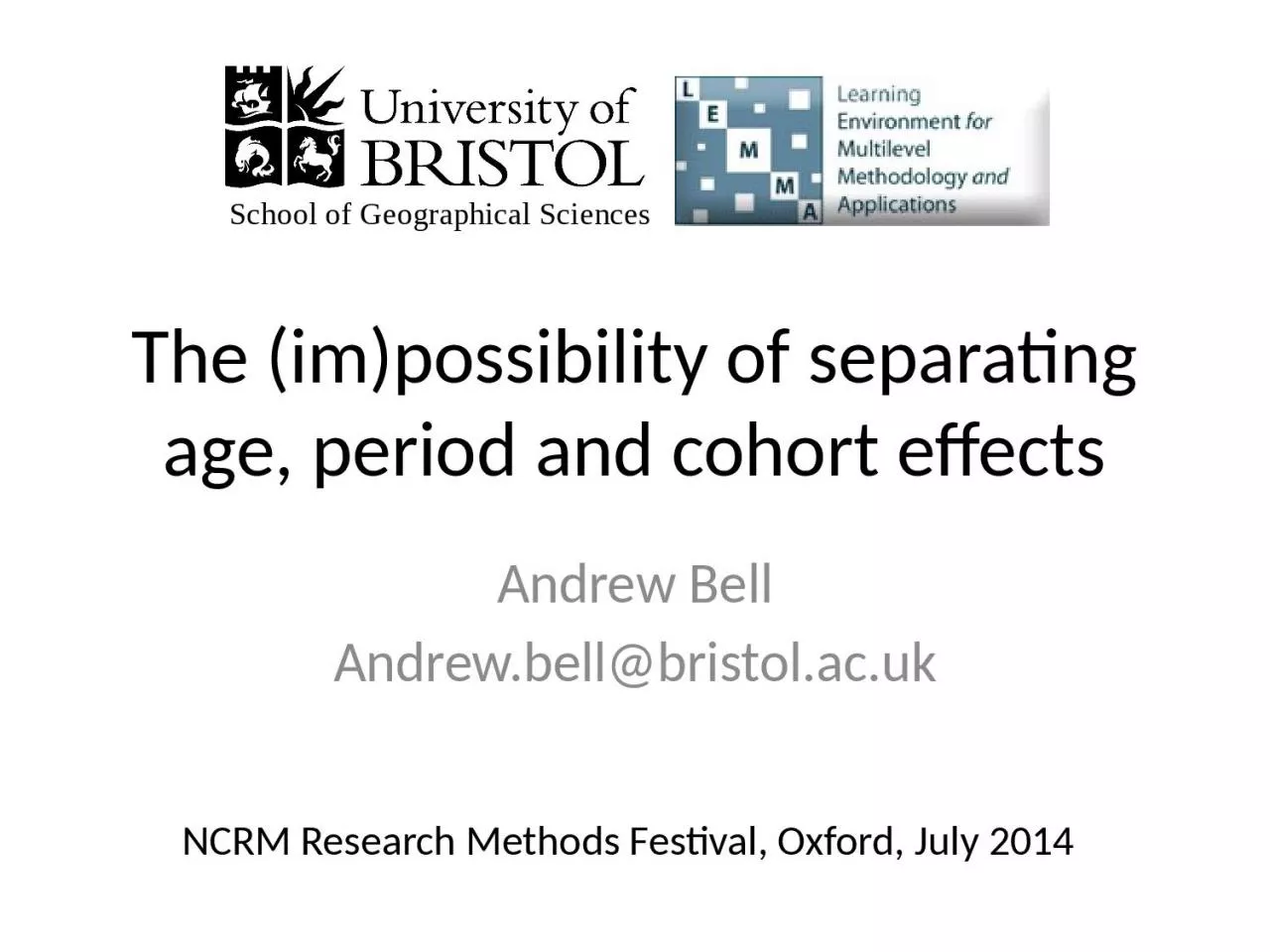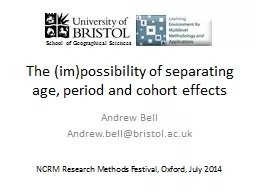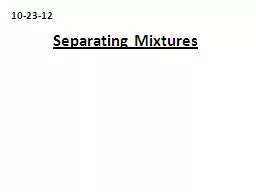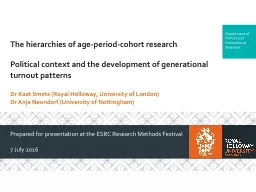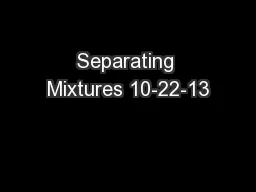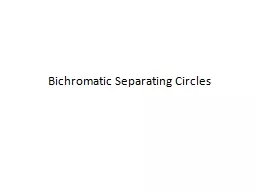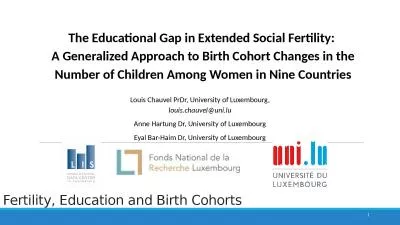PPT-The ( im )possibility of separating age, period and cohort effects
Author : olivia | Published Date : 2024-01-03
Andrew Bell Andrewbellbristolacuk School of Geographical Sciences NCRM Research Methods Festival Oxford July 2014 Summary Age period and cohort APC effects The APC
Presentation Embed Code
Download Presentation
Download Presentation The PPT/PDF document "The ( im )possibility of separating age,..." is the property of its rightful owner. Permission is granted to download and print the materials on this website for personal, non-commercial use only, and to display it on your personal computer provided you do not modify the materials and that you retain all copyright notices contained in the materials. By downloading content from our website, you accept the terms of this agreement.
The ( im )possibility of separating age, period and cohort effects: Transcript
Download Rules Of Document
"The ( im )possibility of separating age, period and cohort effects"The content belongs to its owner. You may download and print it for personal use, without modification, and keep all copyright notices. By downloading, you agree to these terms.
Related Documents

